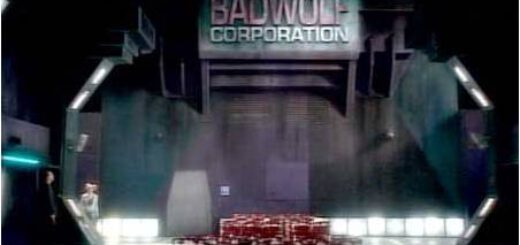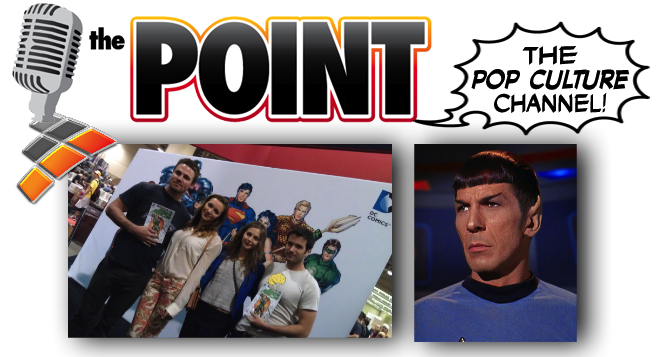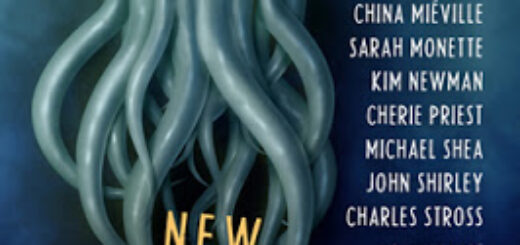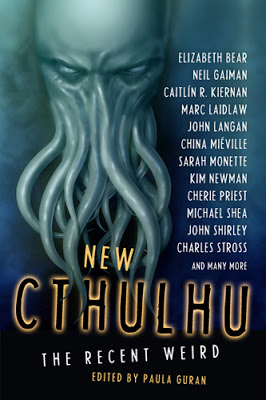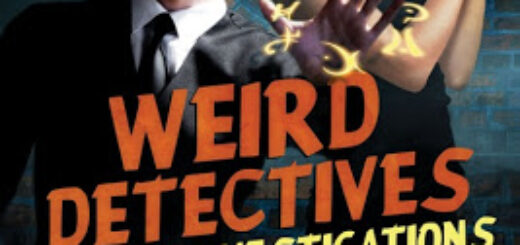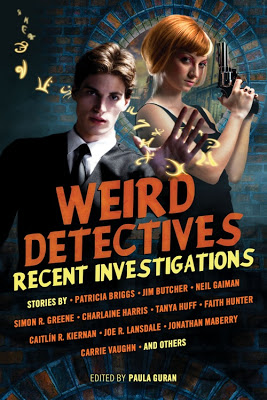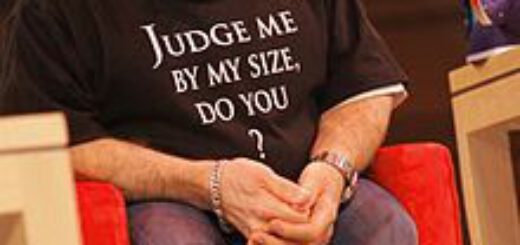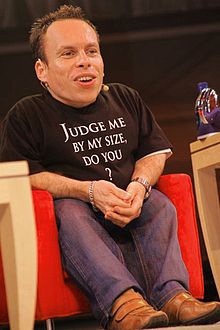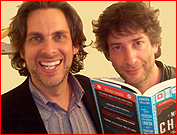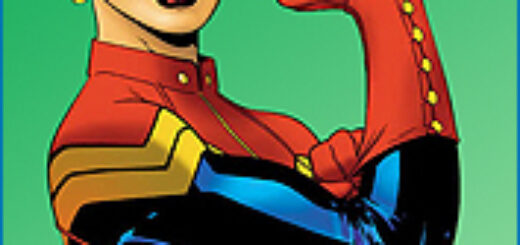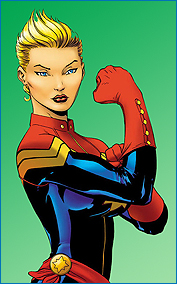A Doctor A Day – “Bad Wolf / The Parting Of The Ways”
 Using the new Doctor Who Limited Edition Gift Set, your noble author will make his way through as much of the modern series as he can before the Christmas episode, The Snowmen.
Using the new Doctor Who Limited Edition Gift Set, your noble author will make his way through as much of the modern series as he can before the Christmas episode, The Snowmen.
The Doctor’s on Big Brother, Rose is on The Weakest Link, and Captain Jack is on What Not To Wear. IN SPAAAAaaaaace. And behind it all, following them, is the…
BAD WOLF / THE PARTING OF THE WAYS
by Russell T Davies
Directed by Joe Ahearne
100 years after the last visit to Satellite Five in The Long Game, the GameStation, a subsidiary of the Bad Wolf Corporation has gone from broadcasting the news to broadcasting entertainment TV, specifically reality shows. So clearly, the hope that mankind will go back to rising to its height has gone wrong somewhere. The TARDIS-traveling trio all wake up in different locations, having been abducted via a transmat beam. The Doctor is now the latest Housemate on Big Brother, Rose is up against the host “Anne Droid” on The Weakest Link, and Captain Jack is getting along quite well with a cybernetic Trinny and Susannah. That is, until each show takes a grisly turn. Contestants don’t walk off with parting gifts, they’re disintegrated, and the hosts on WNTW offer Captain Jack quite an extreme makeover.
The Doctor gets himself evicted from the Big Brother house, and when they don’t scatter him to atoms, he knows he’s been brought there on puspose. He escapes from the house and into the body of the GaneStation, formerly Satellite Five. Hundreds of reality and game shows are broadcasting constantly all with the same very final endings. As before, the advancement of the human race is being held back by the broadcasts from this station; formerly with carefully controlled news, now with the more base stratagem of bread and circuses. Earth has become a pollution-choked mess, far from the Fourth Great and Bountiful Human Empire it’s supposed to be. The Doctor realizes that by shutting down the news feeds from Satellite Five, he cause a global panic that ended in this sad state of affairs.
Captain Jack catches up with The Doctor, and they find Rose…seconds too late. The Anne Droid fires, and Rose vanishes. Fighting their way to Floor 500, they find the TARDIS in an out of bounds archive closet, and a very important piece of information – People aren’t being disintegrated, they’re being transported. To the new Dalek fleet. The Doctor has to fly straight into the fire range of 200 Dalek saucers, rescue Rose, defeat the Daleks, and set mankind back on its proper route. No wonder this was a two-parter.
The Dalek emperor’s ship survived the Time War, sent back in time. It’s he who’s been behind the activities of Satellite Five, grabbing humans from earth as raw material for new Dalek mutants. Through the centuries, the Emperor and his creations have gone mad – the Emperor has declared himself a god. And with their disguise gone, they make their move on the Earth
This was the first season finale of the new series, and as such presented the culmination of the new narrative format of the series. The entire season is part of a larger story arc, with plot threads laid in earlier episodes that tie up here. More then simply the Bad Wolf meme, the events of both Dalek and Long Game were important factors that set up events that ended here. Even Boom Town presented the idea of the heart of the TARDIS, which allowed the deus ex machina that brought the story to an end.
Well, an end for Christopher Eccleston, anyway. Citing differences of opinion with higher-ups in the series (which rather suggests Davies and producers Gardner and Collinson), Christopher decided to leave the series after only one season, and the plans for his departure were set in place well before the final episode. Which basically means that as he gave all those interviews about how exciting the new series was, he’d already left it.
This only presented new possibilities – only one season in, and the new audience would be able to experience a regeneration. The effects were a far site better than the simple dissolves of the old days – indeed, they went to great lengths to link the effects design of the regeneration and the energy from the heart of the TARDIS. The energy is connected to all facets of Time Lord technology – it powers the TARDIS, and allows a Time Lord to live impossibly long. and as we learn in this episode, it’s more than a human being can withstand. In fact, even though she doesn’t get a name till Neil Gaiman’s episode, Rose communes with the sentient soul of the TARDIS that inhabited Idris here. “I want you safe…My Doctor” – those are her exact words. And just as with Idris, the power is killing Rose, and The Doctor saves her, at the expense of this regereration.
Patterson Joseph, who played Roderick in the Weakest Link game, played the Marquis de Carabas in the mini-series adaptation of Neil Gaiman’s Neverwhere. He was one of the people rumored to be up for the role of The Doctor when David Tennant left the show, which of course went to Matt Smith. Both Davies and Moffat have made a habit of bringing back actors for larger roles later on in the series, or on one of the spinoffs. We’ve seen a few examples of that this season, and we’ll see more in seasons to come, including several companions.
We meet the new Doctor, David Tennant for just a moment, along with a promise that he’ll be back in the first Christmas special, which we’ll look at tomorrow. It’s amazing how much happened in just this first season, and how much more is to follow.

